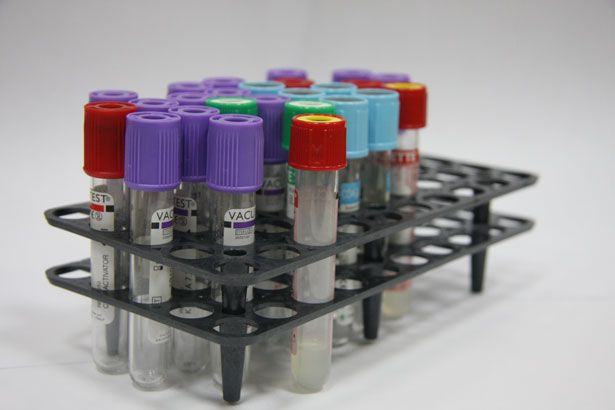Simple Malaria Test Could Bring Surveillance To The Masses

An innovative test for malaria performed well in two large trials in Uganda and the UK. Scientists are now pushing for its broader use, as it might dramatically shorten the time required to contain an outbreak.
Blood-borne malarial parasites cause over half a million deaths annually, the majority of which occur in sub-Saharan Africa, the Indian subcontinent, and Indonesia.
Western nations also suffer from malaria, but most incidences are imported from regions where the disease is endemic. The UK, for instance, experiences at least 1,500 cases of imported malaria each year.
In order to contain an outbreak, physicians must rush to diagnose the sick before their symptoms become severe, possibly fatal, and before an infected individual spreads the mosquito-transmitted disease to someone else.
Wide-scale surveillance is hampered by the need for advanced specialists to conduct the tests for the disease. One standard method, which was created in 1881, requires a team of scientists to examine blood samples under a microscope, a laborious process that is susceptible to human error.
Modern screening assays rely on the genetic detection of the parasite DNA via PCR (polymerase chain reaction). While very accurate, these tests take days to complete, require trained scientists, and are burdened by expensive equipment to refrigerate biological samples and reagents.
Last summer, a Swiss foundation, a UK hospital, and a Japanese biotech firm (Eiken) released a cheaper, more time-effective test for malaria. The test uses a relatively new technique - LAMP (loop-mediated isothermal amplification - to check for parasite DNA in blood samples.
"An important advantage of LAMP is that non-specialist staff in any hospital in the UK will be able to accurately and rapidly detect the presence of malaria parasites," said co-author Dr. Colin Sutherland, a clinical scientist at London's Hospital for Tropical Diseases.
He is also the co-author of two studies, published in the Journal of Infectious Diseases, that show this LAMP-based kit can compete with modern techniques
"Patterns of malaria disease in Africa and elsewhere across the tropics are becoming much less predictable, and control of malaria needs an appropriate test to identify infected individuals in the populations at risk," Sutherland continued.
The LAMP kit rivaled PCR-based techniques, in that the former could also detect low levels of the blood infection, while reducing the time for diagnosis to under an hour. In the UK-based study, which examined 705 blood samples, the LAMP kit correctly identified every malaria patient.
Malaria-positive samples "light up" bright green in test tubes, making the results easy to interpret. In the Uganda study of 272 blood samples, the LAMP kit caught infections that were missed by screening with microscopy.
The kit does have a major disadvantage with use in developing countries as it depends on one electric-powered heating device.
But plans are in place for its wider distribution. According to a press release, "The LAMP malaria test will now be used in the Malaria Reference Laboratory at the London School of Hygiene & Tropical Medicine to help identify imported cases of malaria in the UK as well as being used by health workers in the field in malaria endemic countries."
The studies were performed through collaborative efforts among the Hospital for Tropical Diseases (HTD), the London School of Hygiene & Tropical Medicine, the Foundation for Innovative New Diagnostics (FIND), and Uganda Ministry of Health, Kampala.
Sources: Hopkins H, et al. Highly sensitive detection of malaria parasitemia in an endemic setting: Performance of a new LAMP kit in a remote clinic in Uganda. Journal of Infectious Diseases. 2013. [published ahead of print]
Polley SD, et al. Clinical Evaluation of a LAMP test kit for Diagnosis of Imported Malaria. Journal of Infectious Diseases. 2013. [published ahead of print]
Published by Medicaldaily.com



























